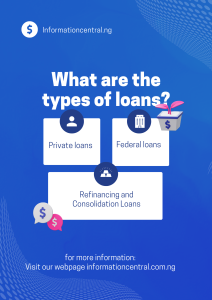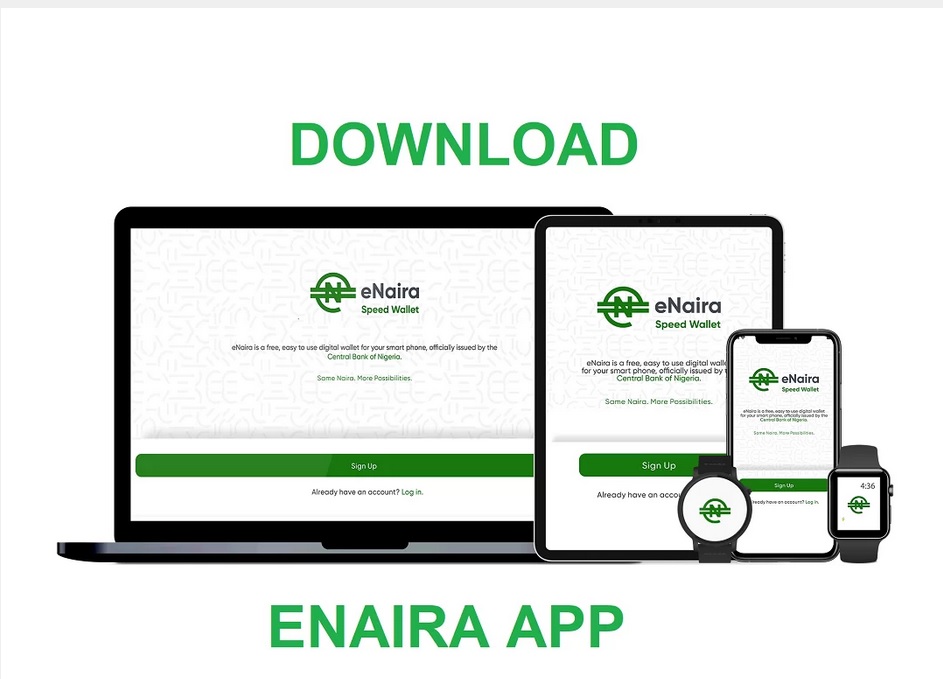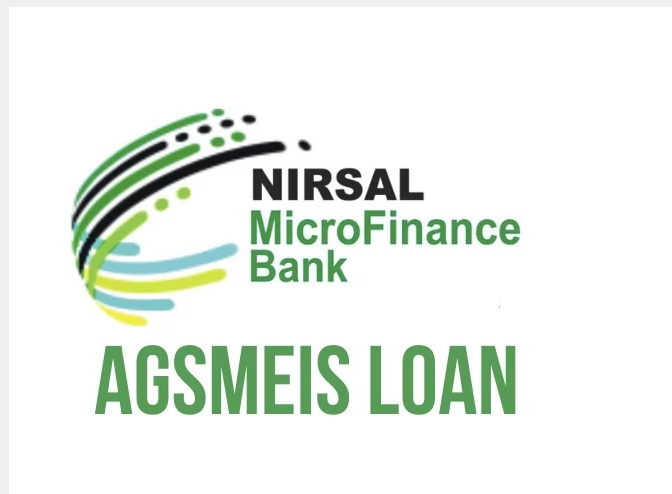Understanding the Different Types of Loans Available to You For some people, student loans can be a hassle. The process of applying for and receiving a student loan can be time-consuming and confusing. It is important to research the different types of student loans available and carefully consider all your options before making decisions.
In this article, I will be exposing the different types of loans you need to know and their benefits in a hierarchical structure; therefore, you need to stay tuned. This way, you will be able to make the best decision for your individual financial situation.
RELATED POST: What are student loans: tips you must know before consideration
They are as follows:
- Federal loans,
- private loans, and
- Refinancing/consolidation loans.
What are federal loans and there benefits?
Federal student loans are government-backed loans that students can use to pay for college expenses. The loans are available through the government’s student loan programs, such as the Federal Direct Loan Program, the Federal Family Education Loan Program,
and the Federal Perkins Loan Program.
Federal student loans can be used to pay for a wide range of college expenses, including tuition, fees, room and board, and textbooks. The loans are also available to students who are attending schools that are eligible for federal student aid,
such as public colleges and universities. For college or career school, federal student loans are available in the form of direct subsidized and unsubsidized loans, PLUS loans, and direct consolidation loans.
The benefit of acquiring this is that federal student loans are always interest-free while you are in school and while you are participating in the federal student loan program. The interest starts to accrue from the time you start making payments on your federal student loan, and the interest rate on federal student loans is fixed according to the government’s interest rate schedule.
However, borrowers can often benefit from federal loan programs that offer deferred repayment options or income-driven repayment plans, which can lower the amount of monthly payments or even postpone the payments until after graduation.
RELATED POST: Here’s What You Need to Know About Student Loan Default.
What are private loans?
Private loans are loans that are made by a private lender, such as a bank or credit union, and these loans do not have the same protections and options that come with federal student loans. They are not backed up by the federal government and, as such, come with higher interest rates and fewer benefits than the federal government.
The benefit of a private loan is that they can provide funding to cover the costs of college when federal loans and other financial aid are not enough. They also have more flexible repayment terms and may be easier to qualify for than those offered by the federal government.
What are refinancing and consolidation loans?
Refinancing and consolidation loans give borrowers the option to consolidate multiple loans into a single, lower-interest loan, which can help borrowers lower the total amount of interest they pay over the course of their loan.
In this way, borrowers can spread out their payments over a longer period of time and make smaller monthly payments while potentially reducing the amount of interest they pay. Additionally, consolidated loans can make it easier for borrowers to keep track of their repayment .
These loans can provide borrowers with greater financial flexibility than those offered by the federal government or by private lenders.
Between federal loans, private loans, and consolidated loans, which is more advantageous?
Consolidated loans can often be the most advantageous for borrowers, as they may offer lower interest rates and longer repayment terms than those offered by federal or private lenders.
Now you have knowledge about the various loan options available, you can make an informed decision about which type of loan best suits your needs.
RELATED POST: 5 easiest ways to get student loans- without any stress 2023





